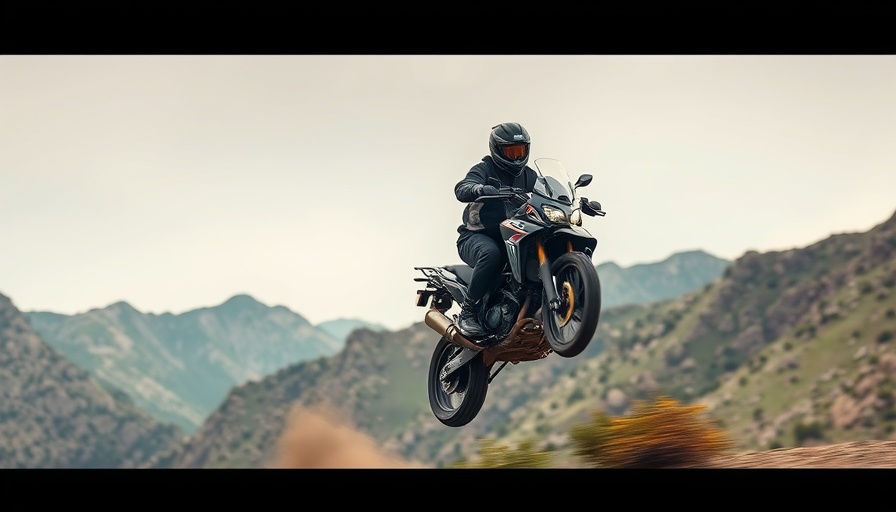
Embracing Tradition: The Enduring Legacy of the Kawasaki KLR650
Debuting in 1987, the Kawasaki KLR650 has cemented itself as a quintessential dual-sport motorcycle. While some may argue that it looks outdated compared to newer models, its enduring design speaks to its reliability and practicality. This bike has been the go-to choice for many riders due to its rugged construction and adaptability to diverse terrains. By exploring the legacy and evolution of this iconic machine, we uncover why it continues to resonate with enthusiasts worldwide.
Engineering History: Evolution of a Classic Bike
The KLR650's journey highlights a significant transformation in motorcycle engineering. From its humble beginnings to its robust modern build, each generation reflects advancements while retaining the core attributes that made it popular. The first-generation KLR650 laid the groundwork with its straightforward mechanics and dependable performance. In subsequent generations, notably between 2008 and 2018, enhancements like improved braking systems and new ergonomics addressed rider needs, paving the way for the latest updates in 2022. These carefully considered updates ensure that the KLR650 remains relevant in a constantly evolving market.
Engine Performance: A Relic Built to Last
At the heart of the KLR650 lies a single-cylinder engine that has stood the test of time. Producing 40 horsepower and 39.1 pound-feet of torque, this powertrain embodies reliability. Its simplicity enables ease of maintenance while also accommodating various fuel types without compromising performance. Riders have celebrated this engine's ability to take on adventures across countless terrains, thanks to its solid torque output at lower RPMs.
The All-Rounder: Why the KLR650 Remains a Top Choice
Affordably priced at $6,899, the KLR650 offers excellent value, catering to both novices and experienced riders alike. Variants like the KLR650 S and the Adventure trim introduce features tailored for diverse rider preferences, from lowering the seat height for better accessibility to adding premium features like auxiliary lights and hard-case saddlebags for enhanced touring capabilities. This adaptability ensures that it meets different riding needs, whether commuting through the city or trekking down rugged trails.
Future Trends: What Lies Ahead for the KLR650?
Despite its long history, the KLR650 is also at a crossroads as the motorcycle industry embraces electric and hybrid technologies. While the bike has secured its niche with reliable performance, the growing interest in eco-friendly transportation could influence future models. If Kawasaki chooses to innovate while maintaining the KLR650's core attributes, the motorcycle could evolve further, merging tradition with modern sustainability trends.
Trade-offs in Motorcycle Design: The Balance of Performance and Reliability
Young or inexperienced motorcyclists often gravitate toward dual sport bikes like the KLR650 due to their forgiving nature. However, some may argue that in an age of cutting-edge technology, the KLR650’s low-tech appeal could hinder its competitiveness. Despite this, many argue that its simplicity is precisely what makes it a reliable choice for those seeking adventure without too much complexity. Riders tend to prioritize wet-weather capability and terrain adaptability, further solidifying its place in the market.
Conclusion: More Than Just a Motorcycle, It's a Way of Life
The Kawasaki KLR650 proves that sometimes, age and simplicity can work in favor of a product. Its combination of reliable engineering, affordability, and versatility categorizes it among the best in its class. As riding trends shift toward technological innovation, the KLR650 stands firm in its legacy while waiting patiently for the next generations of riders to embrace its undeniable charms. Whether you’re a seasoned rider or just starting, let the KLR650 guide your adventures.
 Add Row
Add Row  Add
Add 




 Add Row
Add Row  Add
Add 

Write A Comment